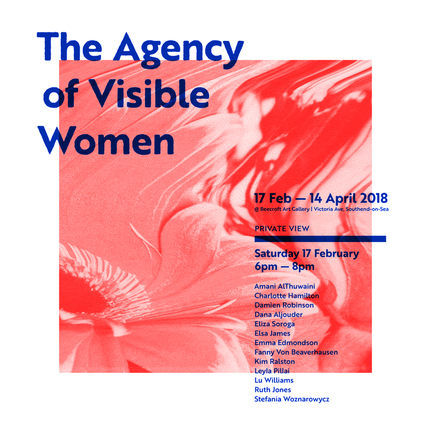TANSTAAFL: Agency of Visible Women
The Agency of Visible Women was a fictional institution made flesh for this 2018 exhibition. The artists' works seek to make women visible, and highlight the myriad ways this visibility is challenged, even within the intersects of our feminist communities. Each artist held a position in 'The Agency of Visible Women' and they or their work upholds the responsibilities of their role.
My Agency role was "Data Analyst" - TANSTAAFL my exhibition contribution. The acronym ("There ain't no such thing as a free lunch") is a lay version of the economic theory that goods and services must be paid for by someone. It expresses the idea that even if something appears free, there is always a cost, no matter how indirect or hidden. The series uses a skewed data visualisation process, creating imagery based on the hidden, unpaid work women undertake. My aim was to make this work visible, recognise the contribution it makes to our lives, and acknowledge the individual cost. |
Shape Open 2022
I was invited to show three images from the series as part of the 2022 Shape Open. The exhibition can be vewed online from June 30th to 12 August 2022 at inthemirror.me.
I was invited to show three images from the series as part of the 2022 Shape Open. The exhibition can be vewed online from June 30th to 12 August 2022 at inthemirror.me.
The complexities of an individual's relationship to unpaid labour do not make for simplistic generalisations: given that the nature of unpaid work means that there will never be consensus over value, (whether financial, as social capital, or emotional labour) the imagery used to represent the gathered data is presented as pattern and colour rather than “readable” information. Participants completed a short survey quantifying the hours and areas of unpaid work they undertake (care, childcare, housework, unpaid overtime, volunteering, other). While the process was anonymous, some commented on their experiences, while others only provided data.
The Office of National Statistics (ONS) states that women carry out an overall average of 60% more unpaid work than men, in every age group, from the 25 and under age category to the 56 and over category. Intersectional issues also impact, with people on lower incomes tending to carry out, on average, more unpaid work than other income brackets. If this unpaid work were reimbursed, the average woman would earn £259.63 per week for this labour. ONS figures for 2014 show that total unpaid work (both genders) had a value of £1.01tn, equivalent to approximately 56% of Gross Domestic Product (GDP).
My thanks to all the participants who contributed; you have my profound admiration for your work. Make it visible!
The Office of National Statistics (ONS) states that women carry out an overall average of 60% more unpaid work than men, in every age group, from the 25 and under age category to the 56 and over category. Intersectional issues also impact, with people on lower incomes tending to carry out, on average, more unpaid work than other income brackets. If this unpaid work were reimbursed, the average woman would earn £259.63 per week for this labour. ONS figures for 2014 show that total unpaid work (both genders) had a value of £1.01tn, equivalent to approximately 56% of Gross Domestic Product (GDP).
My thanks to all the participants who contributed; you have my profound admiration for your work. Make it visible!
Quotes from survey participants
- "This is the first time that I've viewed the work that I do in this way... I've never really given it any value before, it's just what I do, because if I didn't do it, it wouldn't get done."
- "Voluntary work is often overlooked, but sometimes just as stressful - if not more so - than a day job."
- "The majority of my unpaid labour is the work I do as an artist and curator, in organising, admin, proposals and the work I produce, which I produce at a loss by the time I pay for materials."
- "I'm so frustrated that no-one sees this labour for what it is; hard, tiring, and unappreciated. I'm invisible."
- "I am happy to care for members of my family, as they have cared for me in the past."
|
Further Information
The Essex Feminist Collective are proud to present ‘The Agency of Visible Women’ at Beecroft Art Gallery in Southend-on-Sea, Essex. The exhibition will run from Sunday 18 February to Saturday 14 April, with a private view on Saturday 17 February between 6-8pm. All are welcome! With proceeds from any donations and a portion of any sales going towards a zine making workshop for survivors of sexual abuse at Southend-on-Sea Rape Crisis. This project was developed using Fyre, a software that interactively renders Peter de Jong maps (chaotic functions using mathematics from chaos theory). Although my knowledge of higher mathematics is negligible, I was attracted to this technique through the potential to produce visuals from data resulting in imagery that does not provide a clear visual context. The challenges involved finding a way to run the software (since the last release was in 2006) and creating a legend/key which translated labour data to image-building parameters. You can find out more about Fyre at fyre.navi.cx |
| ||||||
